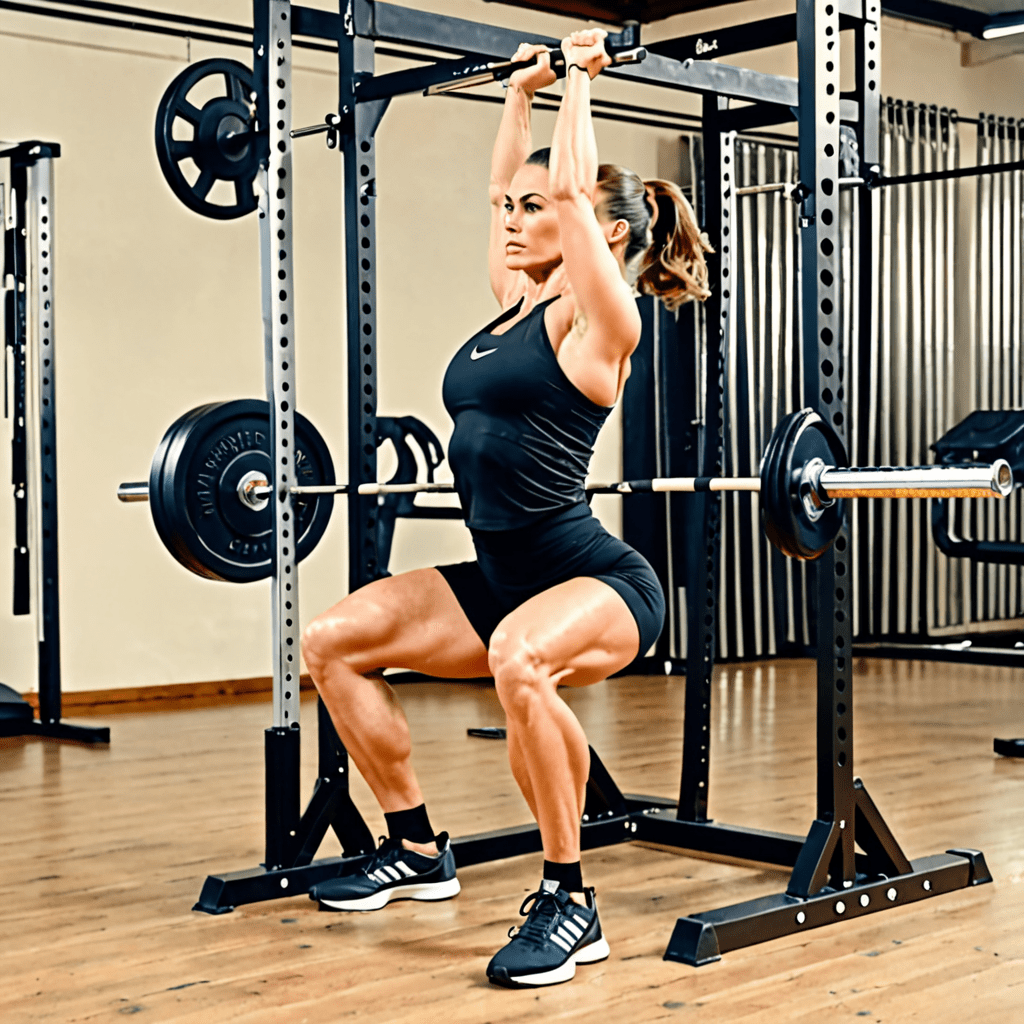
Master the Low Bar Squat Technique for Maximum Muscle Growth
Landing the perfect low bar squat is an essential foundation for increasing muscle growth and strength. This powerful compound movement targets multiple muscle groups, including the quadriceps, hamstrings, glutes, and lower back. By following the right technique, you can maximize the effectiveness of your low bar squats and reduce the risk of injury. Read on for a step-by-step guide to mastering the setup and execution of the low bar squat.
Understanding the Low Bar Squat
The low bar squat involves placing the barbell lower on your back compared to the high bar squat, which puts more emphasis on the posterior chain. This variation of the squat allows for greater hip involvement and an increased range of motion, making it an excellent choice for overall strength and muscle development.
Setting Up the Equipment
Begin by setting up the squat rack and adjusting the height of the J-hooks to a level that allows you to un-rack the bar with relative ease. Position the barbell at about chest height, ensuring that it’s securely placed on the rack.
Proper Body Positioning
Position yourself under the bar and place it low on your traps and rear deltoids. Grip the bar with your hands slightly wider than shoulder-width apart and ensure that your upper back is tight and contracted. Your feet should be shoulder-width apart, with your toes angled slightly outward.
Executing the Squat Movement
Before unracking the bar, take a deep breath and brace your core. Un-rack the bar by gently lifting it off the rack and taking a step back. Keep your chest up, maintain a neutral spine, and begin the descent by pushing your hips back and bending your knees. Aim to descend until your hips are just below parallel to the ground.
Common Mistakes to Avoid
Avoid leaning too far forward, as this can place excessive strain on your lower back. Additionally, focus on driving through your heels during the ascent to engage your glutes and hamstrings effectively. Always maintain control throughout the movement, and avoid bouncing at the bottom of the squat.
Frequently Asked Questions (FAQ)
Q: How important is it to maintain a neutral spine during the low bar squat?
A: Maintaining a neutral spine is crucial during the low bar squat to minimize the risk of lower back injuries. Keeping your chest up and your core braced helps distribute the load evenly and supports proper form throughout the movement.
Q: What are the key differences between the low bar squat and the high bar squat?
A: The primary difference lies in the placement of the barbell. The low bar squat places the bar lower on the back, emphasizing the involvement of the posterior chain, while the high bar squat positions the bar on top of the traps, placing more emphasis on the quadriceps.
Q: How can I improve my flexibility for better low bar squat execution?
A: Regularly incorporating stretching and mobility exercises can help improve flexibility in your hips, ankles, and lower back, enabling a better range of motion and overall squat performance. Paying attention to mobility work can enhance your ability to maintain proper form and posture during the low bar squat.
In conclusion, mastering the low bar squat can significantly enhance your lower body strength and muscle development. By understanding the setup and execution of this fundamental exercise, you can optimize your training and progress towards achieving your fitness goals.


